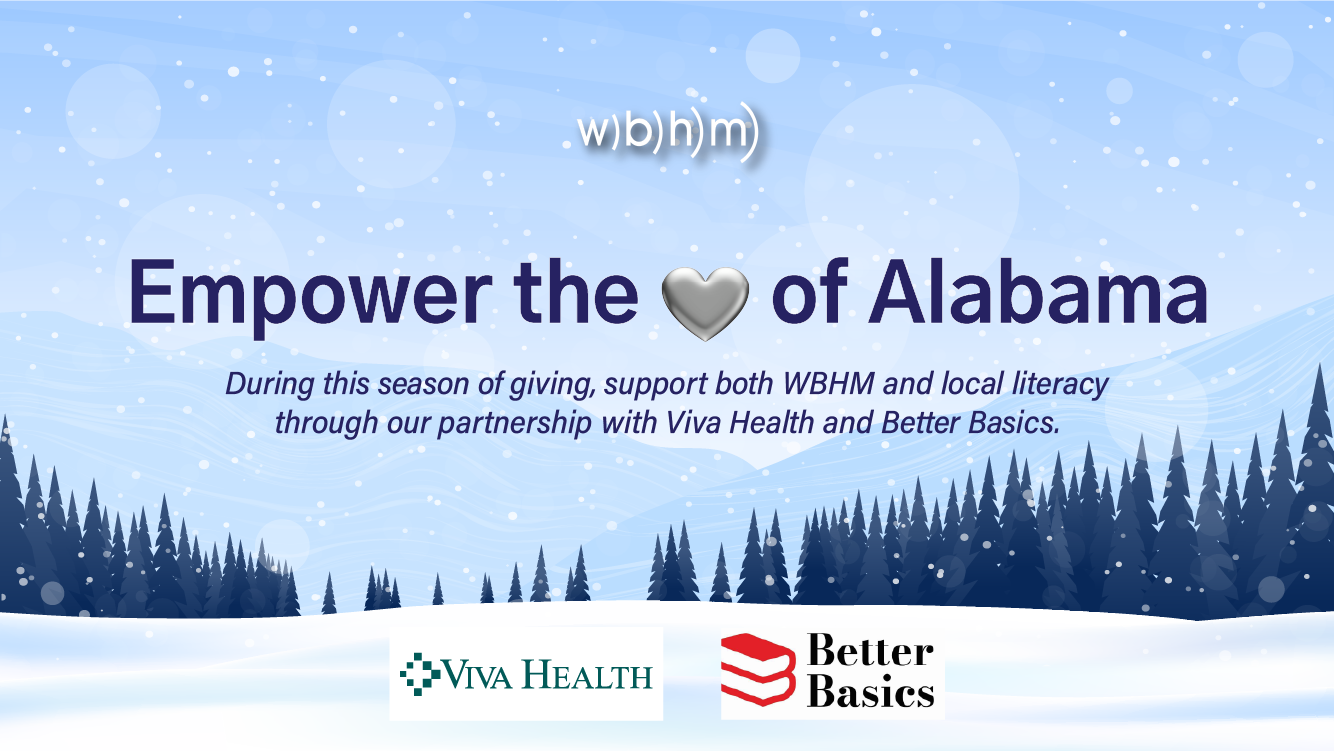Who can say it’s healthy? The FDA has a new definition for food labels
At a time when more than half of the American diet comes from processed, packaged foods, the Food and Drug Administration has new rules aimed at helping people make healthy choices in the grocery store.
The agency has updated the definition of what counts as healthy. Food companies can voluntarily use a “healthy” claim on their packages if their products meet the new definition.
For a food product to qualify as “healthy” it must contain certain amounts of at least one of the food groups included in the Dietary Guidelines for Americans. This includes dairy, grains, fruits, vegetables and protein foods such as beans, lean meats, nuts, seafood, and soy.
Products must also fall below certain limits on added sugars, sodium and saturated fat to be labeled as healthy.
It’s been three decades since the agency updated its standards on what qualifies as healthy. Back in the 1990s there was a big focus on limiting all types of fats, but as nutrition science has evolved, there’s recognition of the benefits of healthy fats found in nuts and seeds, fatty-fish and olive oil.
“Things like salmon and eggs wouldn’t have qualified under our previous definition,” explains Claudine Kavanaugh, director of the office of nutrition and food labeling at the FDA. “Science has changed,” she says. The focus is more on reducing saturated fat, not total fats.
“This is the first rule-making that updates those claims in 30 years,” Kavanaugh says.
The hope is that the new rules will foster a healthy food supply.” I think the healthy claim can be a real quick signal to help empower consumers,” Kavanaugh says.
She says it’s a “priority” for the agency to also release a healthy icon or symbol that could also appear on packages that meet the new definition of healthy. The agency continues to work on this initiative.
In announcing the new rule, the FDA’s Jim Jones pointed to the toll of poor diet in the U.S. “The FDA recognizes that diet related diseases, including heart disease, cancer, diabetes, are the leading cause of disability and disease in the United States,” he said.
Six out of every ten U.S. adults have at least one chronic disease, according to the CDC. The diseases contribute to lower life expectancy in the U.S., compared to other high income countries.
The new rule comes as the federal government prepares to update Dietary Guidelines. A report released earlier this month from an advisory committee also points to the risks of poor nutrition at a time when 73% of adults in the U.S. have obesity or are overweight, and 38% of children, aged 12 and older have prediabetes.
Nutrition expert Marion Nestle of New York University says the new rule may encourage food manufacturers to reformulate their foods to reduce sodium, sugars and saturated fats.
Given the new cut-off point for added sugars, she says many cereals will not be able to be labeled as healthy without changing their formulations.
“The hope is that rules like this will help Americans make healthier choices, Nestle says. “Whether it will or not remains to be seen.”
She says people should focus as much as possible on the basics of healthy eating. “I think that diets that are high in fruits and vegetables, high in real foods and limiting calories are the ones that are healthiest.”
The American Heart Association says the new standards for “healthy” are a step in the right direction. “It was past time to update the requirements based on the latest nutrition science,” says Nancy Brown, the CEO. “Although the updated ‘healthy’ claim is an important update to food labeling, it is voluntary and may only appear on a small number of food and beverage packages,” Brown says.
The group is urging the FDA to also move forward on front-of-pack nutrition labeling, to make information more visible. They say this would help consumers quickly and easily identify healthier food and beverage options.
Edited by Jane Greenhalgh
California man allegedly messaged Madison school shooter about plans ahead of attack
New information has emerged in the investigation into a school shooting at a small Christian school in Madison, Wisconsin, though authorities are still searching for a motive.
Trump’s promise to end CBP One app worries migrants waiting in Mexico
Incoming president Donald Trump has vowed to end the CBP One app, which people outside the U.S. use to book appointments to petition for asylum.
Mangione faces federal murder and stalking charges over UnitedHealthcare CEO killing
A new federal charging document reveals that the suspect in CEO Brian Thompson's shooting death was found in possession of a notebook containing hostile writings about the health insurance industry.
How will Australia’s under-16 social media ban work? We asked the law’s enforcer
Australia's top online internet regulator explains how the nation plans to roll out the world's first social media ban for kids under 16.
Federal regulators prohibit drone flights in dozens of locations across New Jersey
The Federal Aviation Administration is temporarily barring drone flights over critical infrastructure at 22 locations in New Jersey amid mounting concerns about a flurry of reported drone sightings.
Share your thoughts on gun violence in Birmingham
Anyone in Birmingham who wants to weigh in on how to address the city’s gun violence can do so through a survey offered by an independent gun violence commission. The commission has been working since October to find ways to reduce Birmingham’s homicide rates.






